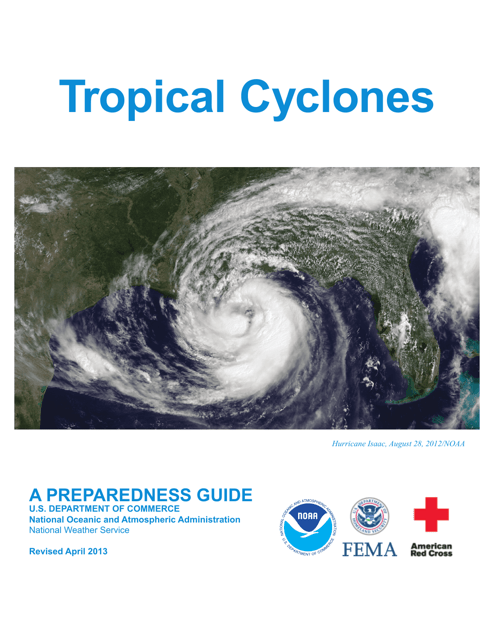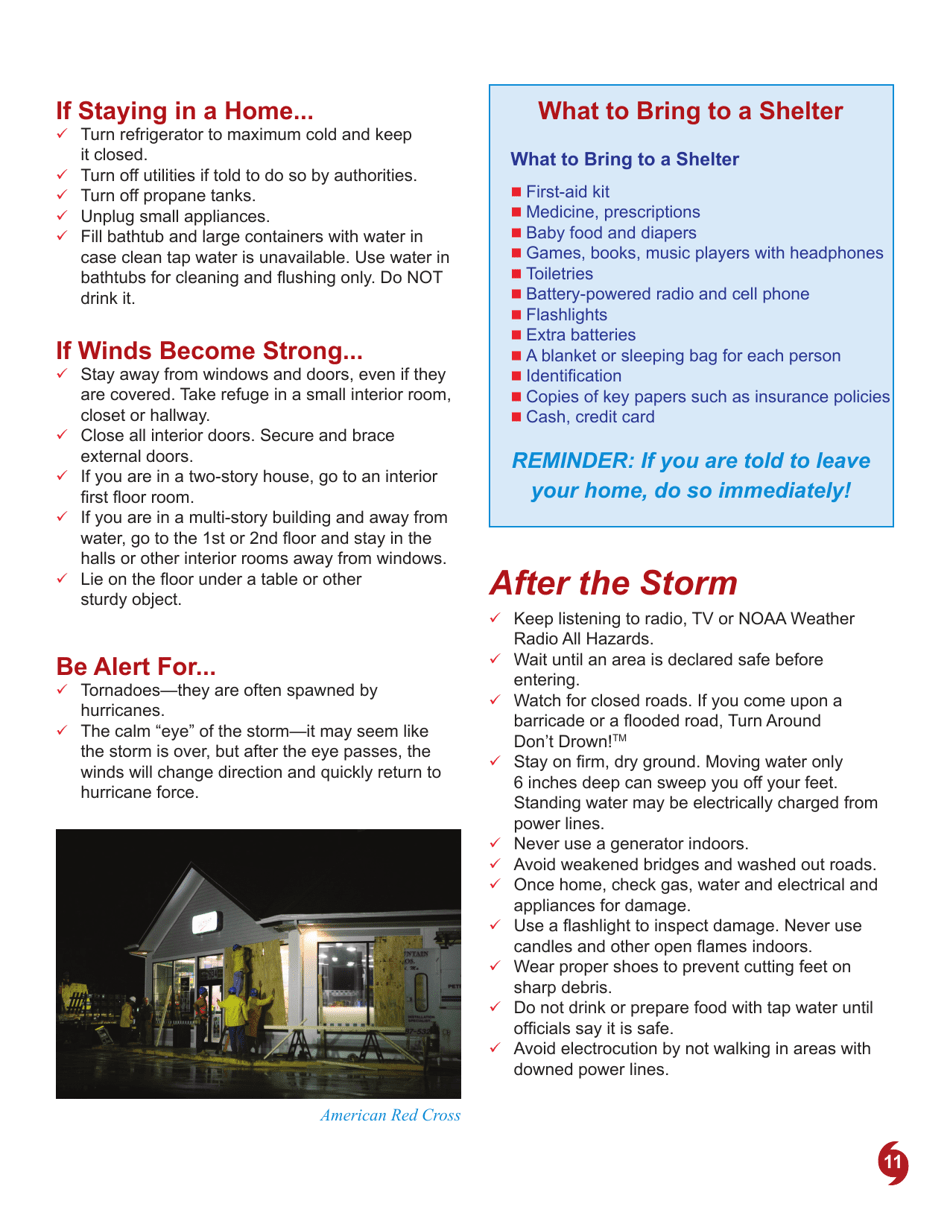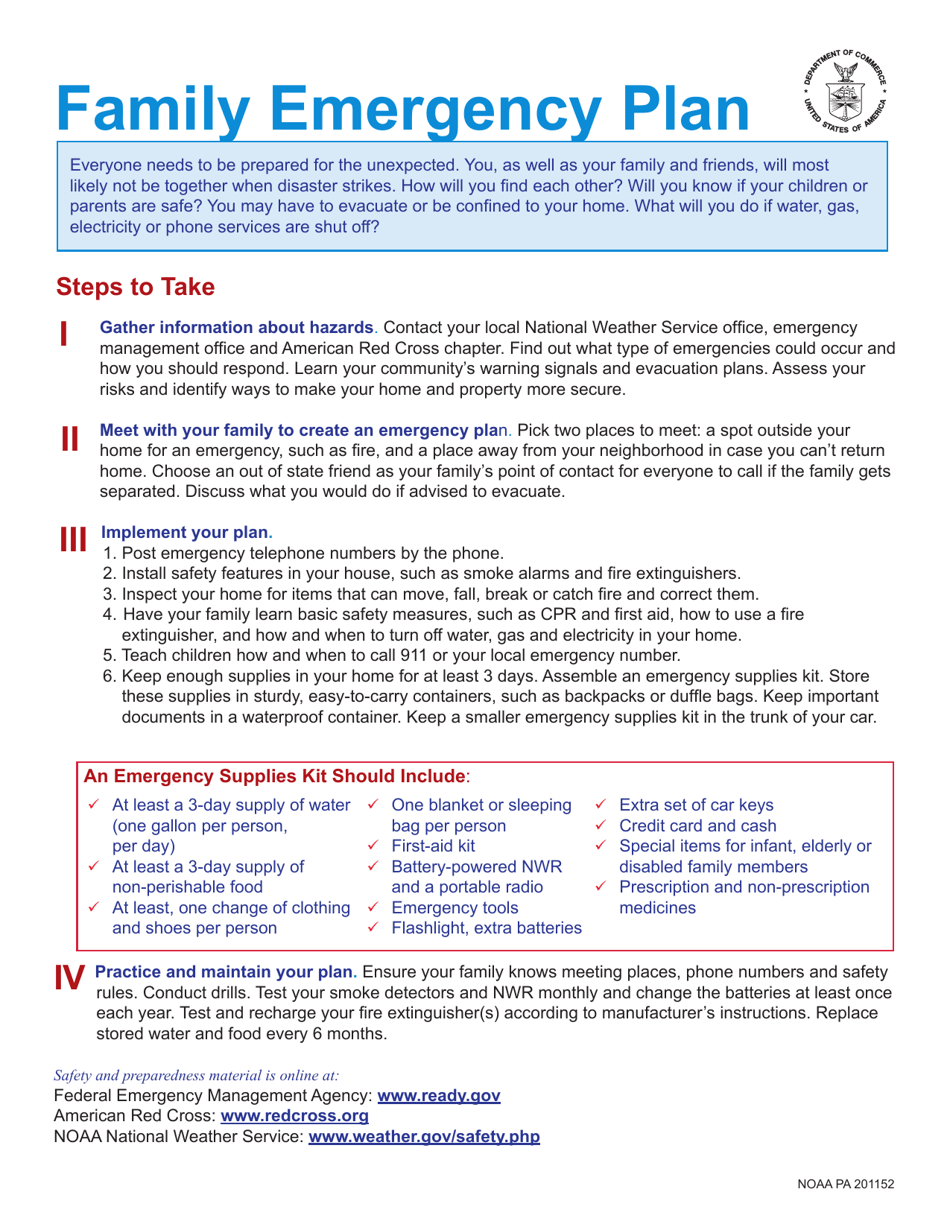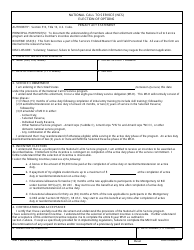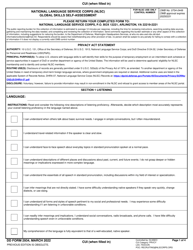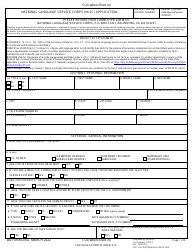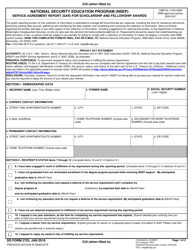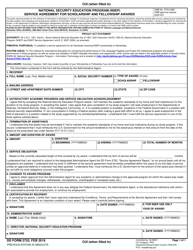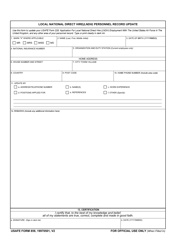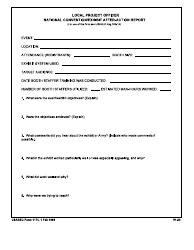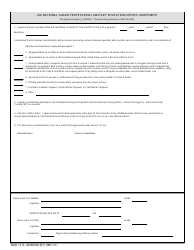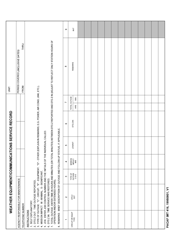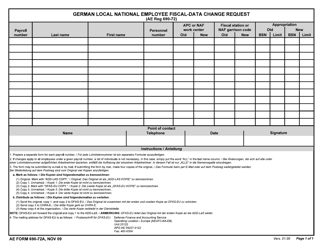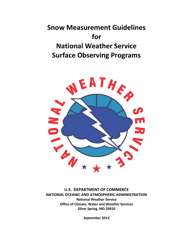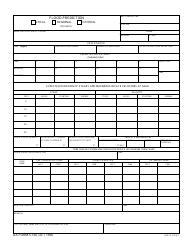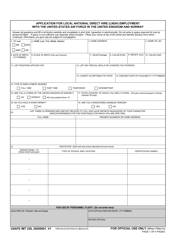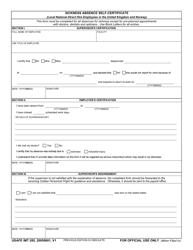Tropical Cyclones - National Weather Service
Tropical Cyclones - National Weather Service is a 12-page legal document that was released by the U.S. Department of Commerce - National Oceanic and Atmospheric Administration on April 1, 2013 and used nation-wide.
FAQ
Q: What is a tropical cyclone?
A: A tropical cyclone is a rotating storm system characterized by a low-pressure center, strong winds, and thunderstorms.
Q: What are the different types of tropical cyclones?
A: The different types of tropical cyclones include hurricanes, typhoons, and cyclones, depending on their location.
Q: How are tropical cyclones classified?
A: Tropical cyclones are classified based on their maximum sustained wind speeds. The Saffir-Simpson Hurricane Wind Scale is commonly used.
Q: What areas are typically affected by tropical cyclones?
A: Tropical cyclones can affect coastal areas in the Atlantic, Pacific, and Indian Oceans, as well as the Gulf of Mexico and the Caribbean Sea.
Q: How do tropical cyclones form?
A: Tropical cyclones form over warm ocean waters when the conditions are favorable, including warm temperatures, moisture, and low wind shear.
Q: What are the potential hazards of tropical cyclones?
A: Tropical cyclones can bring heavy rainfall, strong winds, storm surge, and tornadoes, resulting in flooding, property damage, and loss of life.
Q: How are tropical cyclones tracked and monitored?
A: Tropical cyclones are tracked and monitored using satellite imagery, radar, aircraft reconnaissance, and computer models.
Q: What precautions should be taken during a tropical cyclone?
A: Precautions during a tropical cyclone include securing outdoor objects, staying indoors, following evacuation orders, and having a disaster supply kit.
Q: How can I stay informed about tropical cyclones?
A: You can stay informed about tropical cyclones by listening to local authorities, checking weather updates, and signing up for emergency alerts.
Q: What is the role of the National Weather Service in tropical cyclone forecasting?
A: The National Weather Service provides forecasts, warnings, and advisories for tropical cyclones to help protect lives and property.
Form Details:
- The latest edition currently provided by the U.S. Department of Commerce - National Oceanic and Atmospheric Administration;
- Ready to use and print;
- Easy to customize;
- Compatible with most PDF-viewing applications;
- Fill out the form in our online filing application.
Download a printable version of the form by clicking the link below or browse more legal forms and templates provided by the issuing department.
